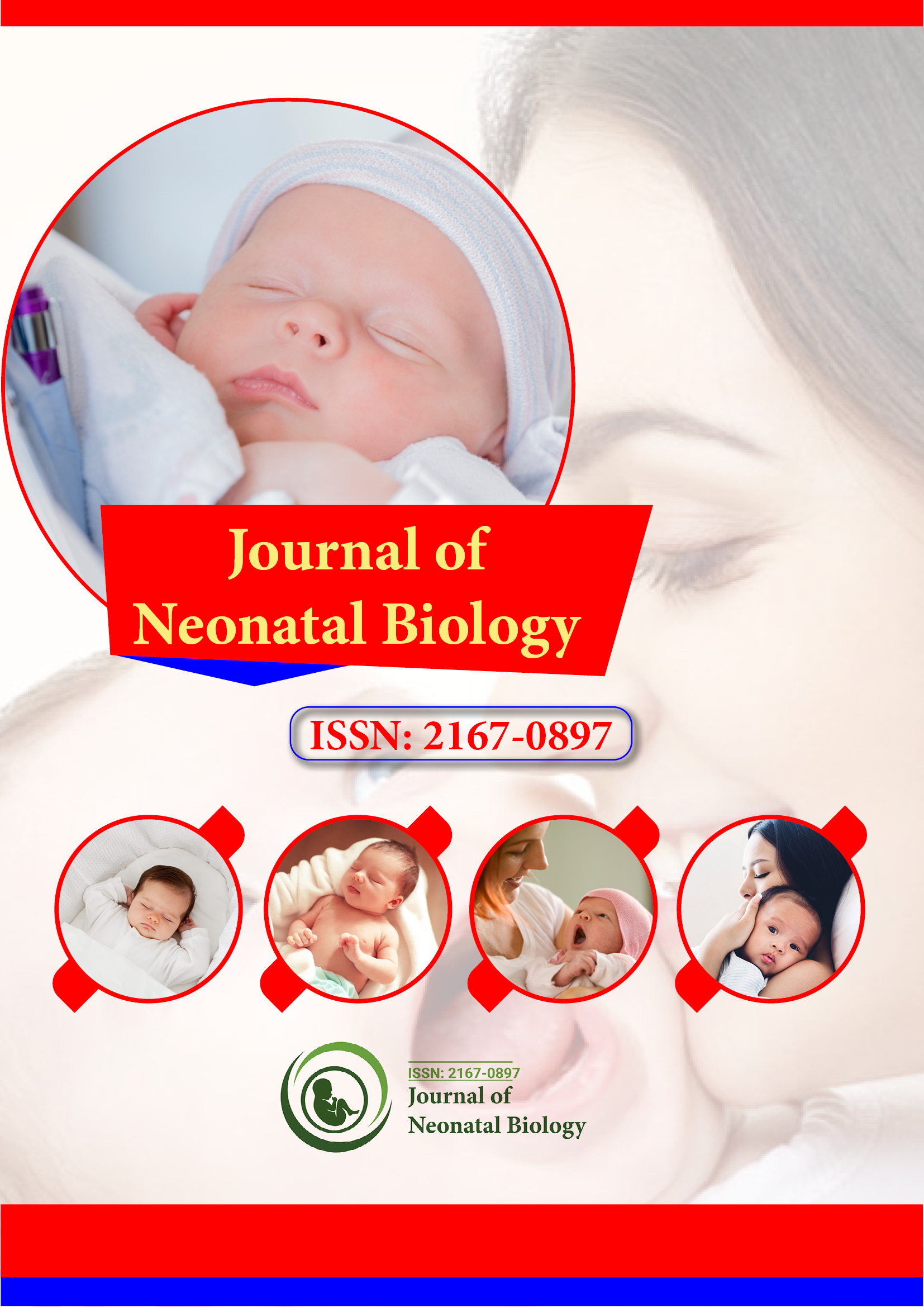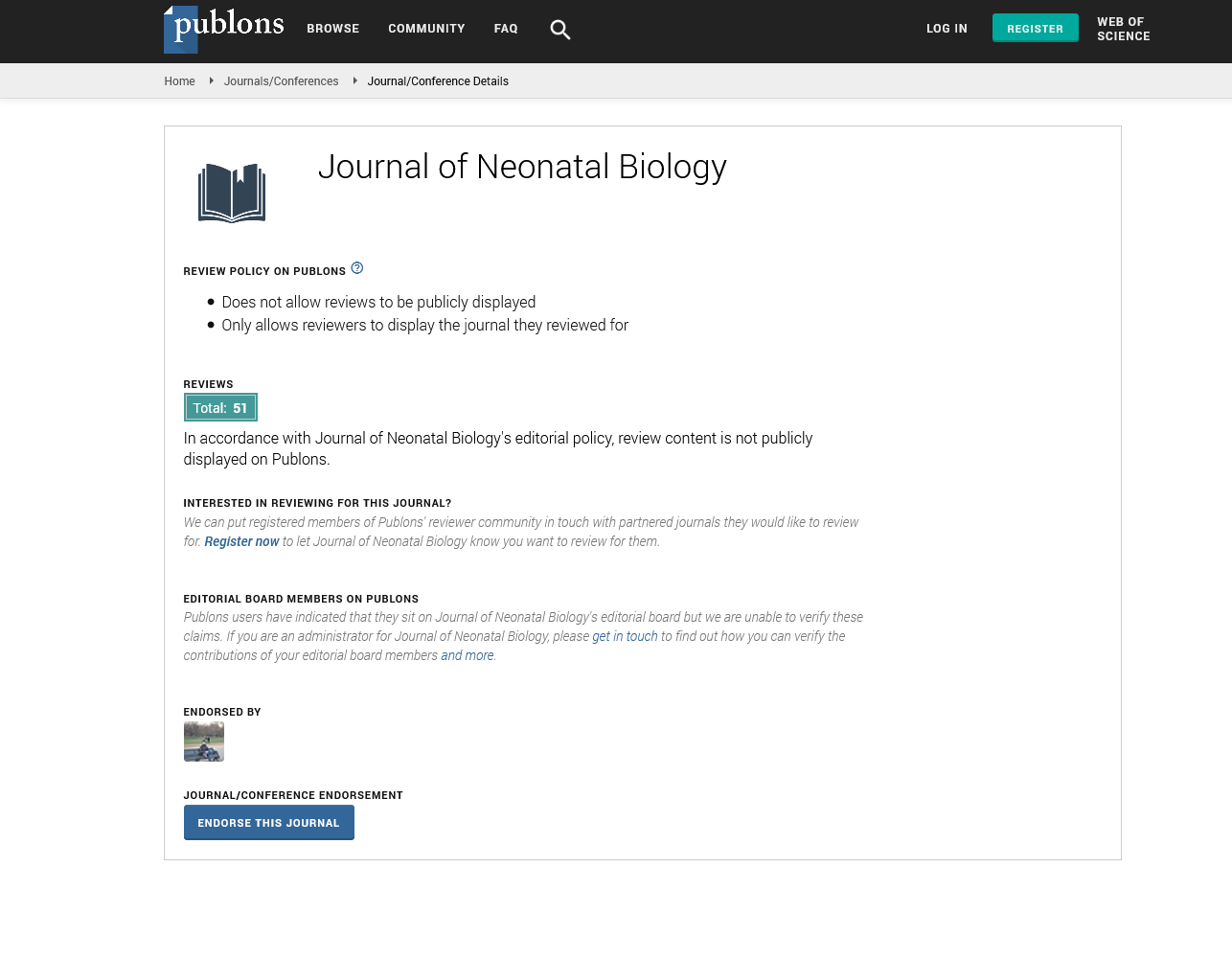Indexed In
- Genamics JournalSeek
- RefSeek
- Hamdard University
- EBSCO A-Z
- OCLC- WorldCat
- Publons
- Geneva Foundation for Medical Education and Research
- Euro Pub
- Google Scholar
Useful Links
Share This Page
Journal Flyer

Open Access Journals
- Agri and Aquaculture
- Biochemistry
- Bioinformatics & Systems Biology
- Business & Management
- Chemistry
- Clinical Sciences
- Engineering
- Food & Nutrition
- General Science
- Genetics & Molecular Biology
- Immunology & Microbiology
- Medical Sciences
- Neuroscience & Psychology
- Nursing & Health Care
- Pharmaceutical Sciences
Neonatal outcomes of small for gestational age following planned delivery versus expectant management: A systematic review and meta-analysis
26th International Conference on Neonatology and Perinatology
November 15-17, 2018 | Edinburgh, Scotland
A Cristina Rossi
Ospedale della Murgia, Italy
Scientific Tracks Abstracts: J Neonatal Biol
Abstract:
Objectives: Management of SGA is under debate, since induction of labor, elective cesarean section and expectant management have been proposed. The aim of this review was to analyze literature about neonatal outcomes of small for gestational age (SGA) after planned delivery by induction of labor or elective cesarean section versus expectant management. Method: A search in PubMed, EMBASE, Medline and a reference list was performed. Studies were included if SGA was defined as birth weight <10th centile for gestational age (GA), SGA fetuses were alive at labor, planned delivery was compared with expectant management. Exclusion criteria include multiple pregnancies, congenital malformations, Doppler anomalies and data reported in graphs or percentage. Planned delivery referred to both elective cesarean section and induction of labor. Any neonatal morbidity and neonatal mortality was abstracted by each article. Random effect model was generated if interstudies heterogeneity was >25%. Odds ratio and 95% confidence interval (OR, 95% CI) were calculated and defined significant if 95% CI did not encompass 1. PRISMA guidelines were followed. Results: Out of 6519 SGA, 2552 (39.2%) and 3967 (60.8%) SGA underwent planned delivery and expectant management, respectively. Compared to expectant management, SGA in the planned delivery group were more likely to be affected with respiratory distress syndrome (OR: 2.93; 95% CI:2.54-3.40), sepsis (OR:2.21; 95% CI:1.60-3.04), intraventricular hemorrhage/ hypoxic-ischemic encephalopathy (OR:1.72; 95% CI:1.25-2.37), seizures (OR: 1.84; 95% CI:0.84-4.00), 5-min Apgar<7 (OR:2.65; 95% CI:2.04-3.44), neonatal death (OR:2.09; 95% CI:1.45-3.01). No difference was noted with regard to admission to neonatal intensive care unit (OR: 0.98; 95% CI: 0.71-1.34). Data about gestational age at delivery were scarce. Conclusions: SGA fetuses without Doppler anomalies do not benefit of planned delivery. In contrast, expectant management is associated with a lower risk of neonatal morbidity and mortality. Limitations of literature include little information about the optimal gestational age at delivery, mode of delivery, and no randomization between planned delivery and expectant management.
Biography :
A Cristina Rossi has completed her Medical degree in 1998 and Residency in Obstetrics/Gynecology in 2003. She is both Author and Reviewer of peer-reviewed journals. She is mainly interested in prenatal diagnosis and maternal-fetal medicine. She is actually a Consultant in Obstetrics/Gynecology at Ospedale Della Murgia "Fabio Perinei", Bari, Italy.
E-mail: acristinarossi@yahoo.it

